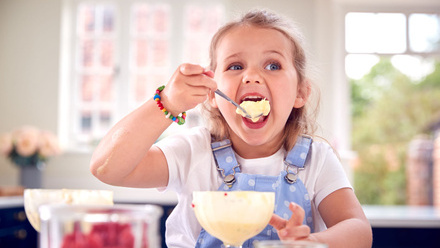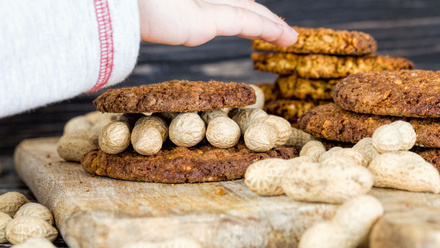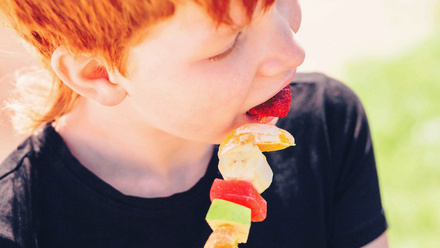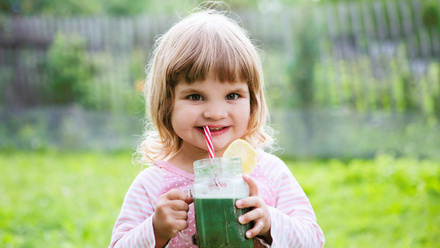Nourishing little tummies: healthy eating tips for children under two
It’s a stark reality that only 1 in 10 children aged two to four years meets the UK chief medical officer’s physical activity guidelines for this age group. The nutritional foundations of the early years provide a real opportunity to introduce and establish healthy eating habits that result in thriving young children.
Nutritional guidelines in the early years span from newborn to five years but the first two years of life require us to follow a different nutritional roadmap to older toddlers. This learning workout takes a look at some of the nutritional factors involved in healthy habits for children under two years old.
In the first six months of life, the journey to healthy eating begins with breastfeeding or formula feeding. NHS official advice recommends solid food should be introduced around 6 months alongside breast milk or formula but, before this, it recommends exclusive bottle, breast, or mixed feeding for the first six months, as it provides all the nutrients baby needs. This means that a young baby in setting should not be given solid food at mealtimes but instead follow the parent/carer’s guidance for ensuring a smooth transition in feeding routine between home and out-of-home caregiving.
From six months, developmental guidelines suggest that babies will start to show signs of being ready for weaning – the process of introducing solid foods to the diet. This should be supplemented with bottles too, to ensure all nutritional needs are being met.
Signs that a baby is ready to wean are:
- sitting and steadily holding their head up to eat safely
- developed hand-eye-mouth coordination, which is important for self-feeding opportunities
- an ability to swallow effectively.
Watch the following video for more insights into weaning:
Important: every baby is different. Developmental guidelines are just that: guidelines. Follow the individual baby’s needs and only consider introducing weaning when they show signs of being ready. Partnership is key here, so ensure conversations with those at home take place when baby shows signs of weaning to provide a consistent diet across setting and home.
Moving forwards, new tastes and textures can be introduced to provide baby with a growing palette of exciting flavours and colours. Single tastes and smooth purees can gradually grow into complex combinations with varying textures, encouraging chewing and strengthening swallowing abilities.
A balanced diet is important from weaning onwards but there are some particular ingredients that need special attention in the diet of a child under two.
- Dairy products should be full fat in produce until a child is two years old, including cheese, yoghurt and milk. Ensure all dairy is made from pasteurised milk to avoid nasty bacteria developing into illness.
- Cow’s milk should only be given to a child once over 12 months old. Before then, formula or breast milk should continue to supplement their weaning diet.
- Honey should not be given to a child under 12 months old due to the risk of illness caused by bacteria found in honey.
- Some foods, like whole nuts and popcorn, pose a heightened risk of choking so should be avoided for any child under five, but especially babies. Whilst most settings impose a nut-free policy, foods of this nature, such as grapes and sausages, should be cut vertically to avoid harm when it comes to swallowing.
Water should be the primary drink for baby from six months onwards, along with their routine milk feeds and the weaning process as it develops.
A healthy diet is important for every child in their early years and beyond, but children under two years old have particular requirements that should be followed closely to ensure everyone has a healthy, safe and enjoyable experience of food!
There are many ways to explore eating with young children! Providing them with initial experiences of food that are visually appealing, tasty to eat and accessible for their developmental stage are just some of the ways to ensure we are doing what we can to promote a healthy relationship with food from the start.
Take a look at the variety of recipes on offer from Better Health’s Start for Life campaign and think about some of the ideas you could implement within setting.
When logging your CPD, use the reflection space to think about some of the recipes you could suggest for use and why.






